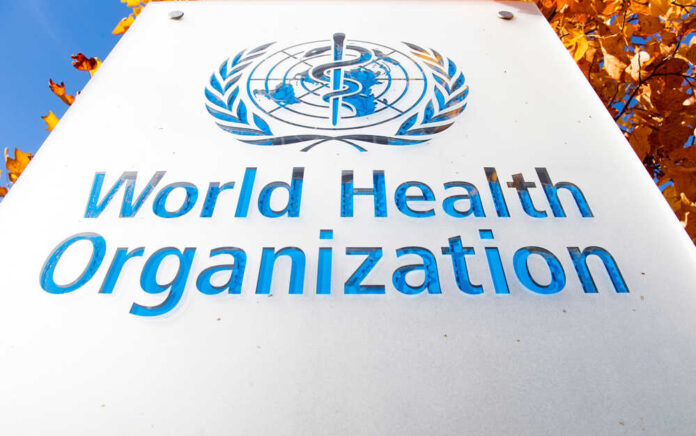
The World Health put out an updated report Friday discussing medications that governments should inventory in case of a radiological or nuclear emergency.
Governments are also recommended to keep a national stockpile of personal protective equipment, and numerous treatment options, including potassium iodide tablets, antiemetics, antidiarrheal agents, decorporation agents, alkylating agents, and other medications, according to the report.
JUST IN – WHO today updated its list of medicines that should be stockpiled for radiological and nuclear emergencies.https://t.co/CHAjNvg4J6
— Disclose.tv (@disclosetv) January 27, 2023
Maria Neira, who heads WHO’s Public Health and Environment department, stressed the necessity of having “ready supplies” of crucial drugs created in the past decade.
“In radiation emergencies, people may be exposed to radiation at doses ranging from negligible to life-threatening. Governments need to make treatments available for those in need—fast,” Neira said in a statement.
This marks the first time the publication has been modified since 2007, according to reports.
Dr. Mike Ryan, who serves as the executive director of WHO’s health emergencies program, claimed that this updated list will be an essential tool for partners of the organization to identify, procure, stockpile, and deliver effective countermeasures in a timely fashion should an event such as a radiological emergency occur.
This news comes as the “Doomsday Clock,” a symbolic item that allegedly says how close the world is to end, was moved to 90 seconds to midnight in reaction to a supposed rise in nuclear threats.
Included in the report as a situation necessitating an emergency response were a number of situations, such as accidents at nuclear power plants or nuclear warfare. The mishaps seen at Chernobyl and Fukushima serve as examples.
An incident falling under this purview occurred recently. As ZeroHedge reported:
One such incident happened in Australia recently, where a small, solid capsule measuring 8 mm by 6 mm was thought to have dropped off a truck during transportation from a mine to Perth. The capsule is radioactive and can potentially cause severe skin burns and illness. It is reported to emit a level of radiation equivalent to receiving 10 x-rays in one hour, at 2 millisieverts per hour.
The WHO has said that several countries are not properly prepared to face emergencies involving radiation.
















